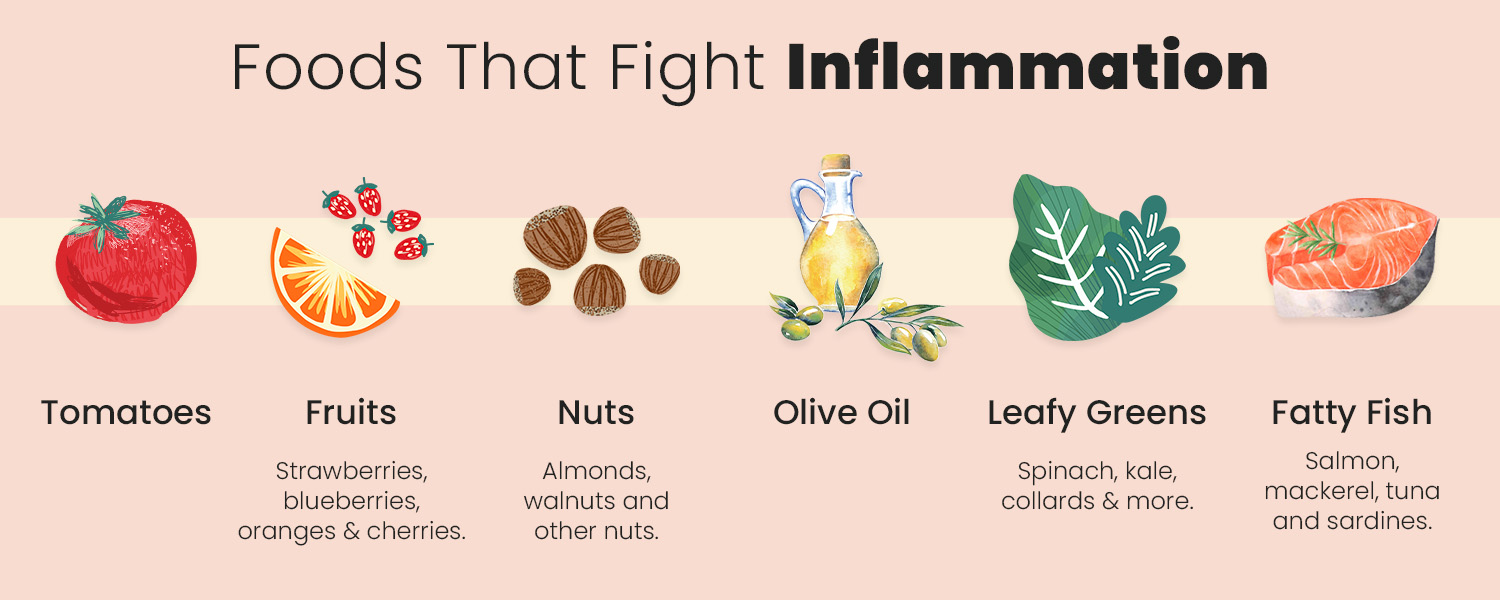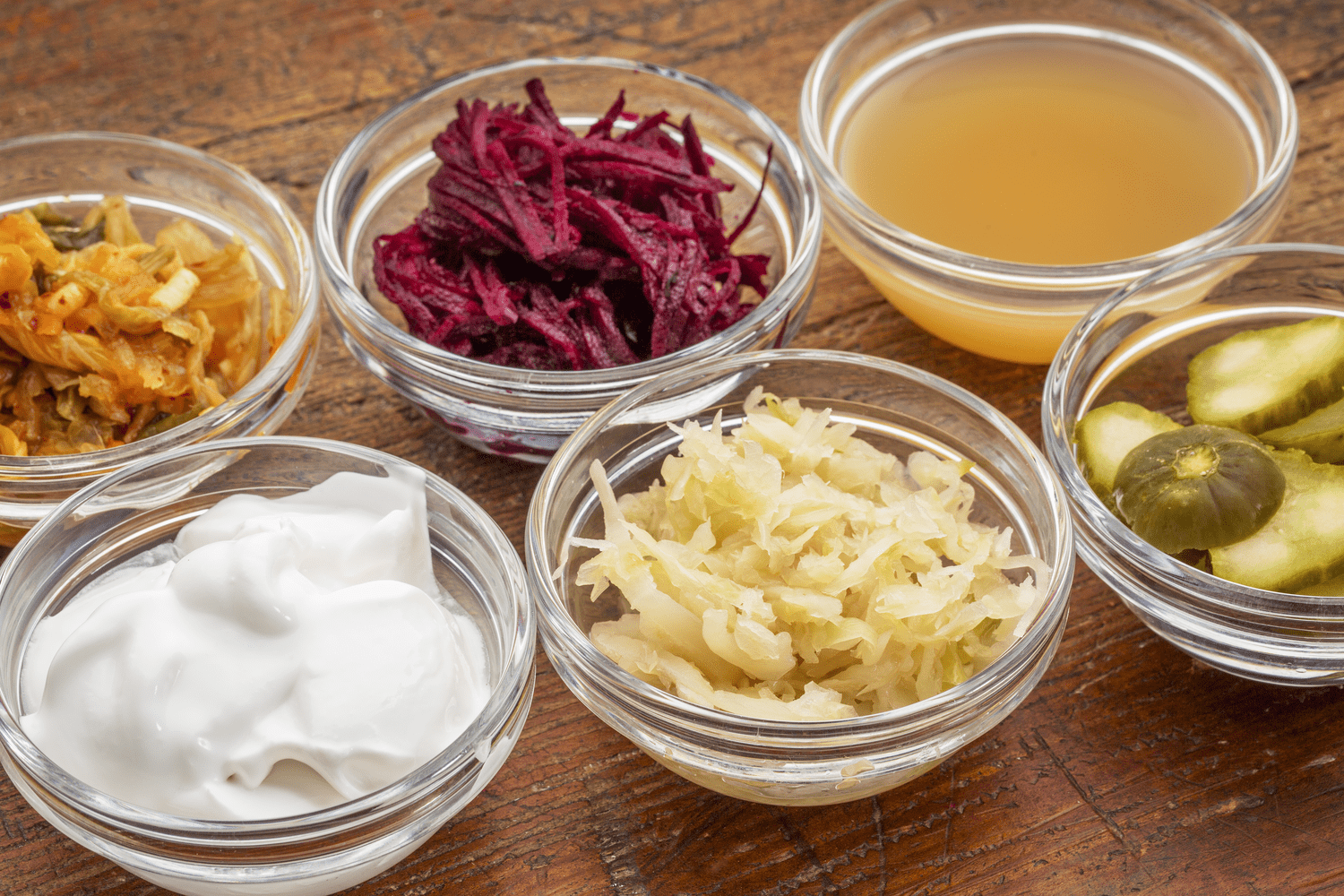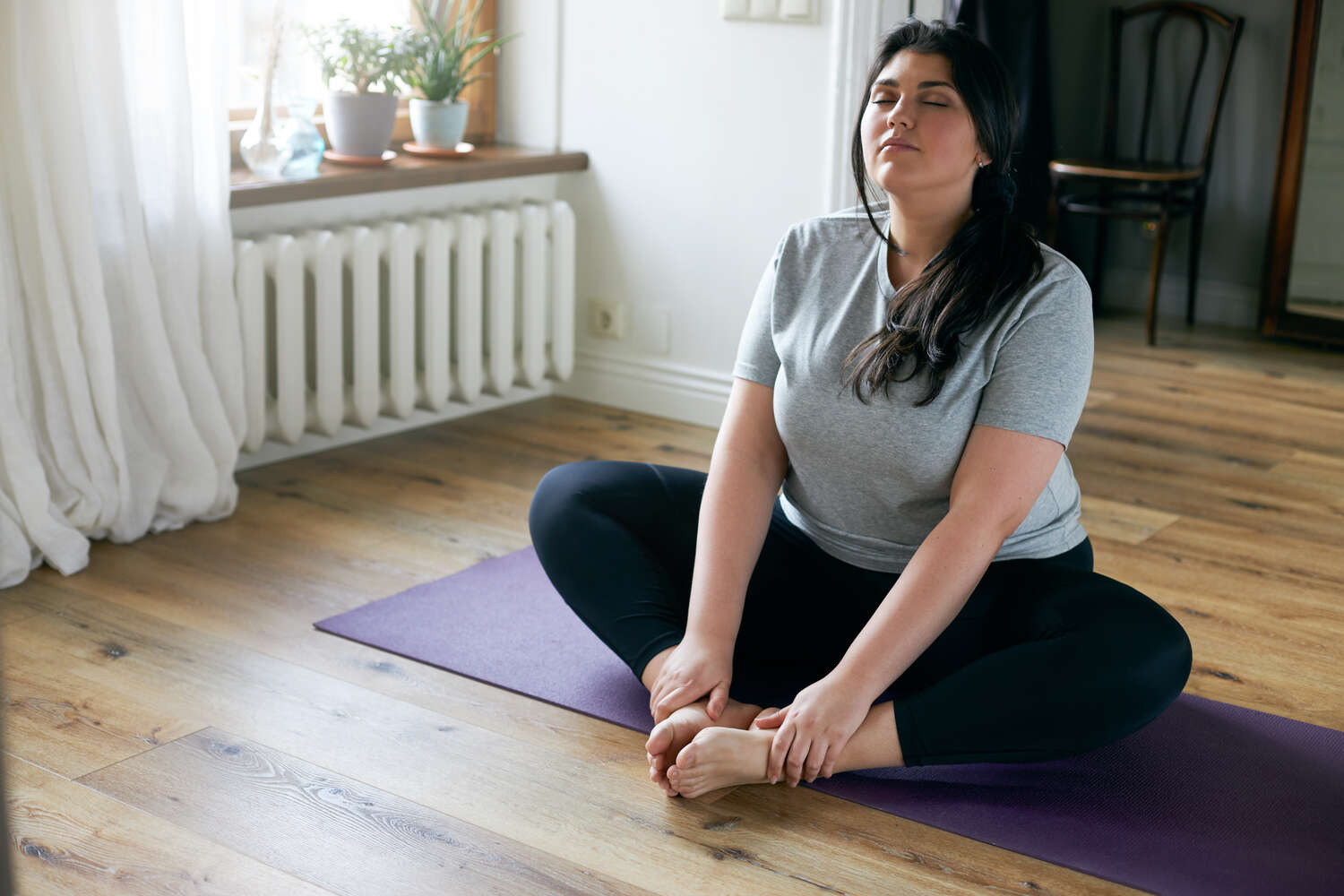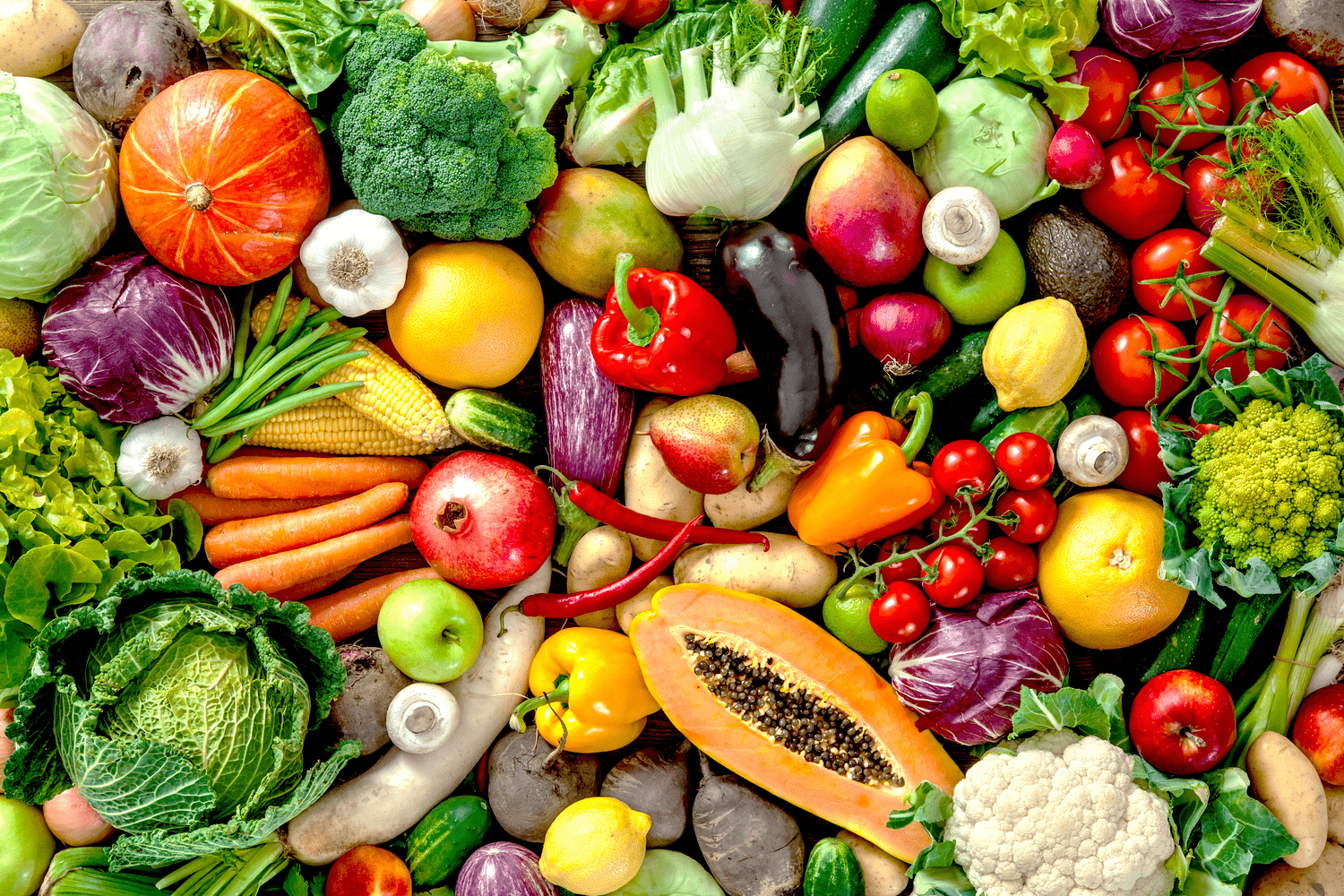Here’s something your doctor may not have told you.
Did you know your gut bacteria can be one of your greatest allies against diabetes… but can also be your worst enemy when neglected?
In fact, science has found a direct link between blood sugar levels and gut microflora.
In a 2016 study, researchers looked at the glucose levels and gut bacteria composition in 92 patients.
Among them, there were 20 people with type 2 diabetes, 24 people who had prediabetes, and 48 healthy people with no chronic disease. Each of these groups had the exact same diet during the study.
The scientists linked glucose intolerance with the presence of three types of microbiota: Blautia, Serratia, and Akkermansia bacteria.
While all three are present in healthy individuals, the percentage of people with diabetes was much higher.
These strains hidden in the gut bacteria population produce toxins that enter the gut and trigger inflammation throughout the body—including the liver and fat cells.
And this often results in compromised blood glucose control and insulin sensitivity.
This is why we’d be wise to take good care of our gut.
Unfortunately, most doctors are not talking about this. They just prescribe us a diet of ‘eat healthy, unprocessed foods and stay away from sugars’—leaving it to us to figure things out on our own.
To make sure your gut is in optimal condition, here are the best science-backed ways to make your gut bacteria work for you (instead of helping diabetes).

1. Feed the ‘Good’ Gut Bacteria
Imagine your gut as an Amazon rainforest jungle.
In this jungle, there are living inhabitants that help your metabolism ward off inflammation and disease… and there are critters that do the opposite and invite disease.
Now, in order to ‘feed’ the first group and get the strains of bacteria we want… we need to give it the proper nutrients to munch on.
And those come from eating fiber-rich foods, also known as prebiotics.
The famous Finnish Diabetes Prevention Study showed people who ate more fiber are less likely to get Type 2 diabetes.
That’s because their gut bacteria produces chemicals that regulate blood sugar and appetite.
In the study, the high–fiber diet cultivated the ‘good’ bacteria strains… which are known for producing useful short-chain fatty acids that signal the gut to make more GLP-1 and PYY.
GLP-1 is a hormone that instructs your body to make more insulin, while PYY dials down your appetite. (Incidentally, some diabetes drugs work by boosting GLP-1.)
Action Step: Eat 30-40 grams of soluble and insoluble fiber per day. Swap out meat, low-fiber breads and sugary liquids for fruit and vegetables rich in fiber.

2. Starve the ‘Bad’ Gut Bacteria
Some people with diabetes swear by low-carb, high-fat diets to stabilize their blood sugar.
But by overeating certain fatty foods and completely omitting entire food groups, they may be actively harming their gut microbiome.
Studies show that alongside genetics and a sedentary lifestyle, high-calorie and high-fat diets are the three major factors that contribute to Type 2 diabetes.
“High fat and high SFA diets can exert unfavorable effects on the gut microbiota and are associated with an unhealthy metabolic state.”
Saturated fat is known to promote the absorption of endotoxin from the intestines.
Endotoxin is a toxin present inside bacterial cells that gets released when they disintegrate. Upon release, it causes inflammation that can damage your insulin receptors, ultimately leading to insulin resistance.
Action Step: Eat less saturated fats to prevent the growth of endotoxin-producing bacteria. Counteract their impact by eating foods with anti-inflammatory properties.

3. Double Up on Probiotics
Probiotic supplements are popular for a reason.
They colonize your gut microbiome with billions of beneficial strains of bacteria—which is like sending in reinforcements to the often malnourished ‘good’ bacteria.
These new strains end up producing chemicals that help your body metabolize glucose better while giving your immune system a boost as well.
But… there’s a catch.
In order for this new colony to live and prosper in the competitive gut microflora—and give you all its miraculous benefits—there needs to be a constant influx of these strains.
And studies show most probiotic supplements have poor tolerance to acids and bile salts, which diminishes their effects.
Your best bet is to consistently include probiotic foods in your meal rotation.
Action Step: Make sure to up your intake of probiotic foods such as sauerkraut, kimchi, kefir, kombucha and naturally pickled food to boost the ‘good’ bacteria in your gut.

4. Move More
We’re constantly bombarded by the miraculous benefits of daily exercise.
But here’s one you may not have heard yet—moving more also helps your gut microflora ward off insulin resistance.
See, just like exercise trains your muscles and cardiovascular health—in a way it also ‘trains’ your gut microbiome.
It speeds along digestion and your general metabolism… helping it move harmful toxins and byproducts out of your system quickly and efficiently.
Exercise is also proven to cut down on inflammation across all of your body and improve blood glucose regulation.
Studies show that professional athletes have a more diverse microbiota and lower levels of certain gut endotoxins than sedentary people.
The good news? You don’t have to train like an athlete to reap the benefits.
Action Step: Try to get at least 20 minutes of daily movement that gets your heart rate up to ‘work out’ your gut bacteria.

5. Don’t Eat the Same Thing Week In, Week Out
As it turns out, having more variety in your diet does more than offset foot boredom.
Studies show that the more diverse your diet is, the more diverse your gut microbiome will be—making it more resilient to havoc brought by outside factors.
A mixed diet of diabetes-friendly foods also means you’re getting all the micronutrients your body needs to run optimally.
This is easier said than done for people with diabetes since their food choices can be limited.
But with little creativity and nutritional know-how, anyone can build flourishing gut bacteria that works to get their blood sugar under control.
Action Step: Try to switch up the types of foods you consume over the week. Get the full nutritional profile by ‘eating the rainbow’ of vegetables and fruits of different colors.

BONUS TIP: Stay Consistent
None of these tips will work if you don’t turn them into habits.
It pays off to make them a lifestyle since you get the full support of your gut when it comes to taming diabetes.
This is when diabetes management assistants like Klinio come in handy.
Klinio puts a coach, nutritionist and personal trainer into your pocket—doing all the mental work and pre-planning for you to help you stay accountable.
By giving you hundreds of gut-boosting meal variations it means your diet will never get stale.
It’s different from other solutions because it gets to know your food preferences and allergies to give you diabetes-friendly recipes that match your tastes.
(Plus it comes complete with a grocery list with the exact quantities to make cooking effortless.)
Getting your daily movement in is as easy as it gets with Klinio. Every day, it will walk you through simple exercises anyone can do at home that are actually fun.
And to make sure you stay consistent, Klinio keeps you on track every day with daily reminders to monitor things like blood glucose, water intake, steps, weight, and other things all in one place.
It’s made to get us back some of the freedom that diabetes took from us.
To find out if Klinio is right for you, complete this short quiz:






